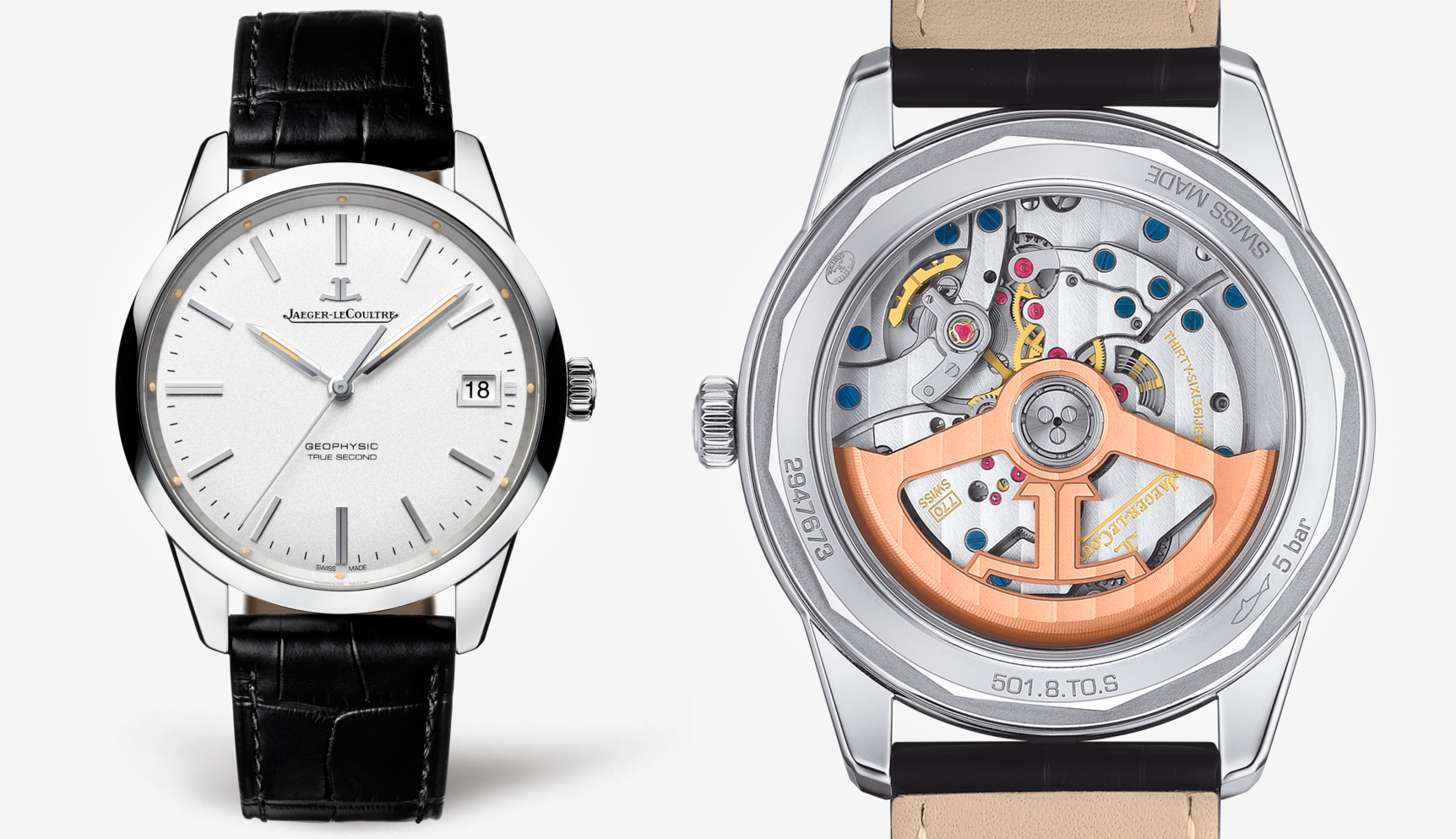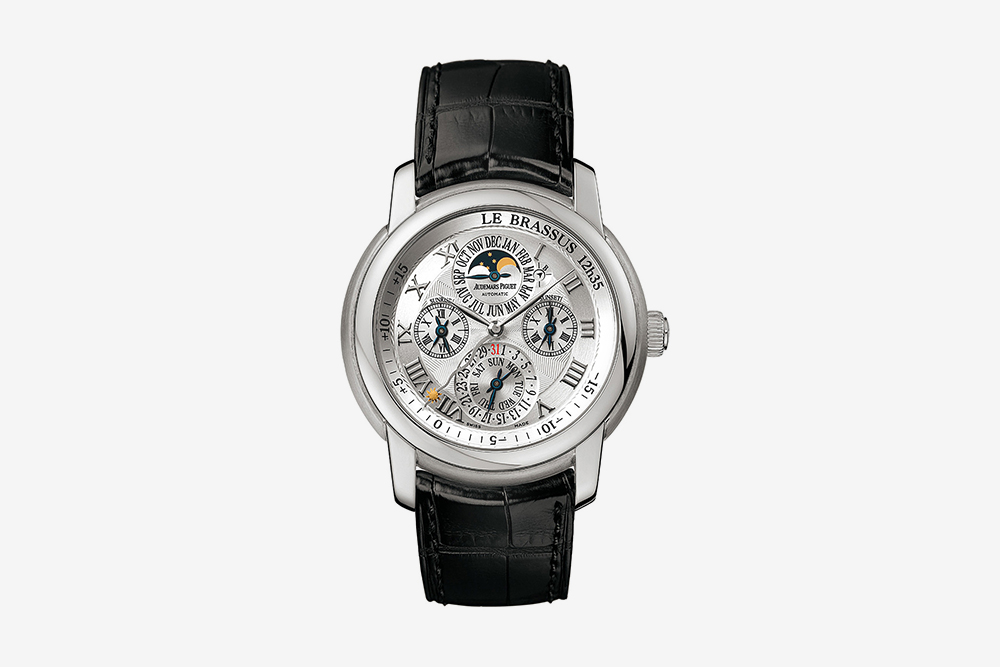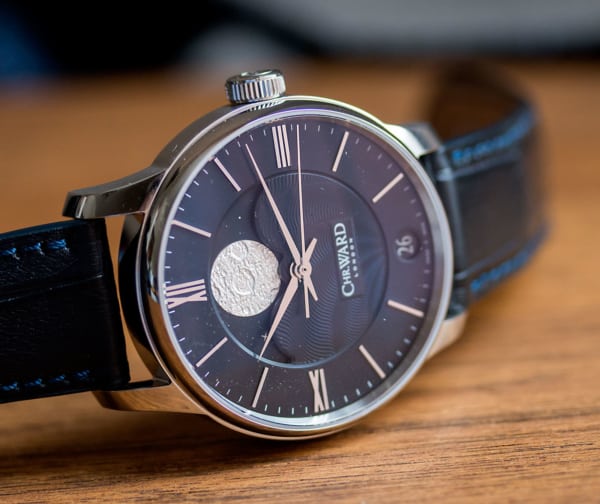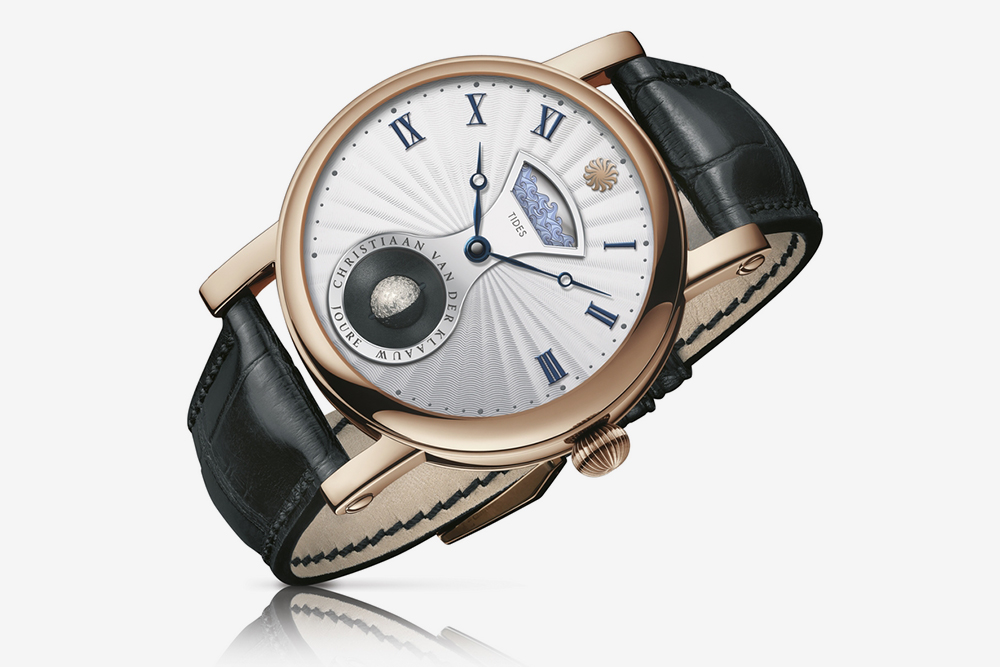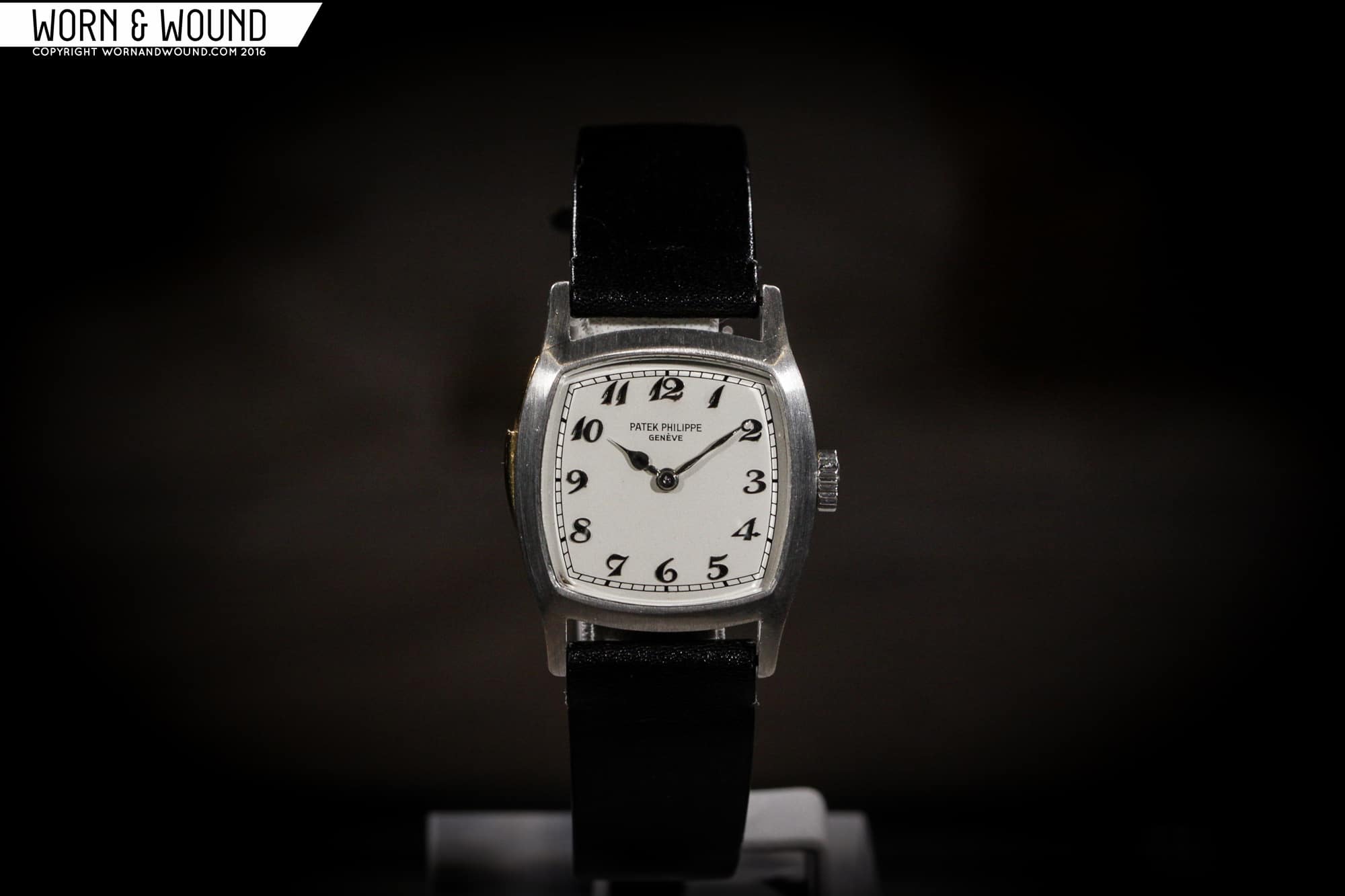After delving into the history and implementation of some of the more commonly seen complications out there, today we are taking a whistle-stop tour of some of the more unusual ones. Many of these complications are found only in the most exclusive and highest-end of mechanical movements, but a few can still be found in watches that come in at relatively affordable price-points.
Kicking things off are two of the more useful complications which we haven’t covered so far — the annual and perpetual calendar, which are extensions of the date complication. A simple date complication shows the date within the current month and in its most basic form uses a disc with numbers from 1-31 advancing one notch every 24 hours. There is no knowledge of how many days in each month, so if a month has fewer than 31 days, then you as the wearer are required to advance the date manually to the first of the new month. Annual calendars and perpetual calendars are both extensions of this, but feature inbuilt knowledge of how long each month is.
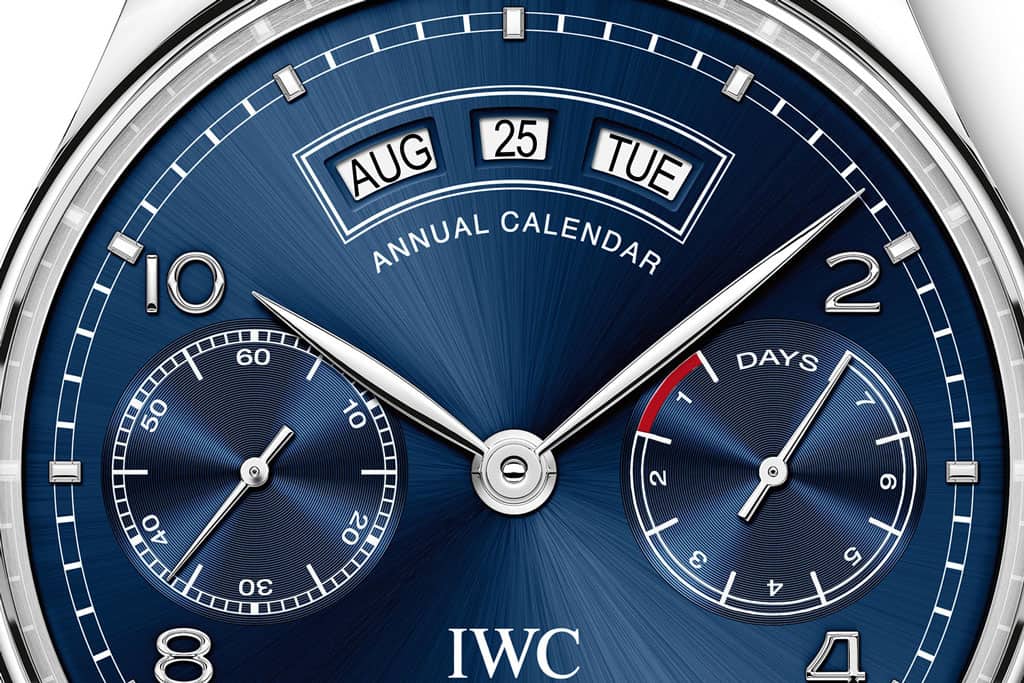
An annual calendar complication is able to keep track of the month as well as the date, while also recognizing that some months are shorter than others. At the end of April, for example, the date will switch over from the 30th to the 1st of May — skipping the 31. A perpetual calendar takes this one step further and also allows for leap years. Where an annual calendar will assume 28 days in every February, the perpetual calendar allows for 29 days in February once every four years. Because of the need to correctly set the current date, month (and potentially year), these watches will normally also show that information on the dial, and the use of a winder is often encouraged to avoid time and effort resetting each time the watch dies.









 Featured Videos
Featured Videos




